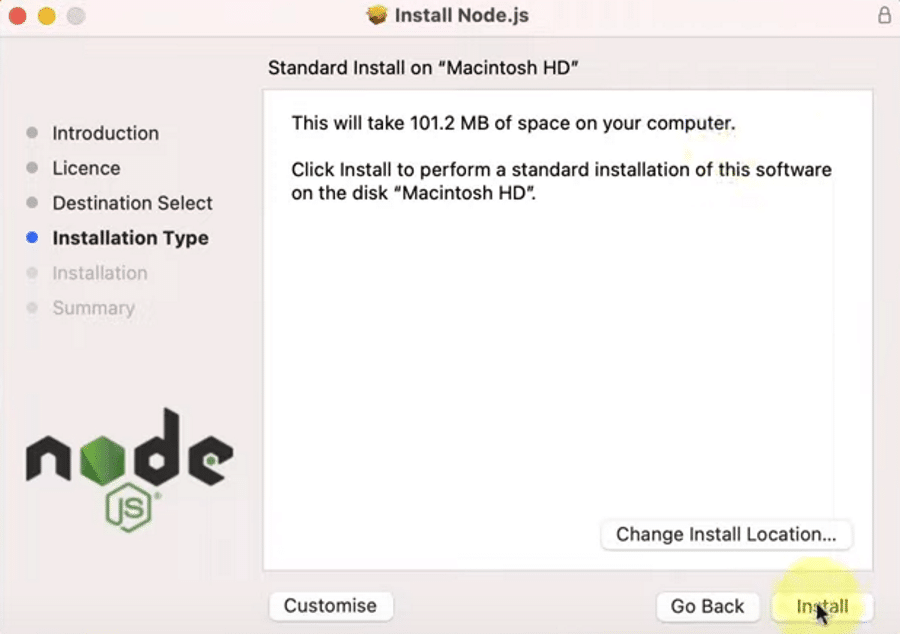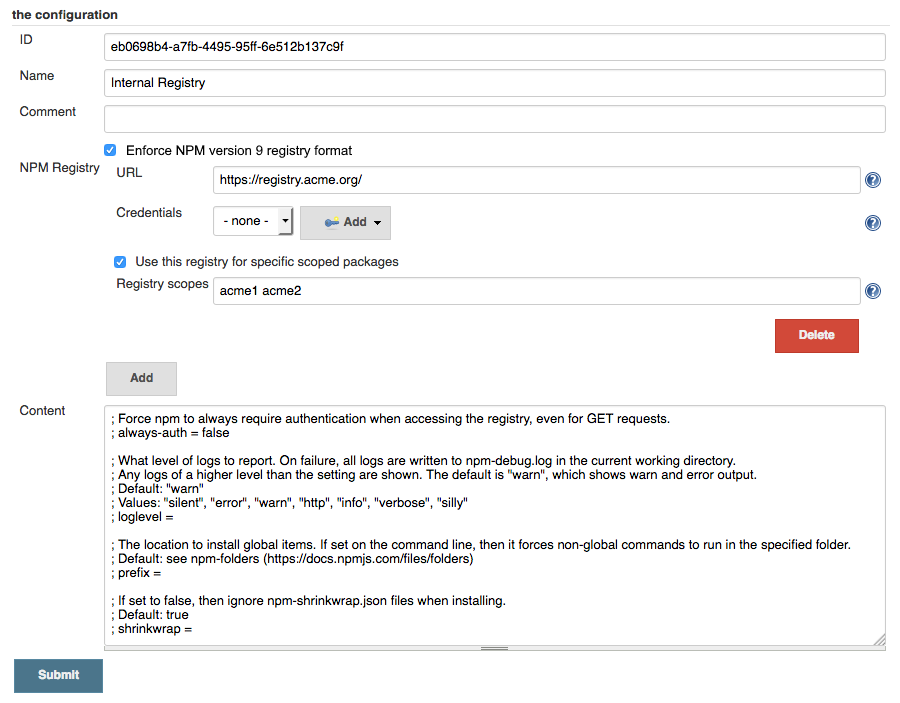

There are so many How-To guides, it's impractical to identify "the best" for your environment, but you may want to try these as a starting point: A Raspberry Pi 3B+ uses ARM 7, for example. For Raspberry Pi, you will click on the "Linux Binaries (ARM)" row for the processor in your rPi.

You will want "LTS" and a "binary" (Don't go down the Source trail.) For Windows or Mac OSX, just click the large 'installer' button and you will instantly begin the download. to get the install binary for your chosen platform. NodeJS first, which includes NPM (Node Package Manager) that will be used to install HubConnect Server. Understand that it's a multi-part install.

If it's your first time, then there are plenty of How-To documents and Videos available for your specific always-on computer. If you have Homebridge working, you already have a perfectly good environment for installing HubConnect Server side-by-side with Homebridge. Many people have a NodeJS environment running, since it's needed for many other tools. As HubConnect v2.0 (aka v1.7) nears Release with it's HubConnect Server, it may be time to review what is needed to get a NodeJS environment installed and ready for the new Release.


 0 kommentar(er)
0 kommentar(er)
